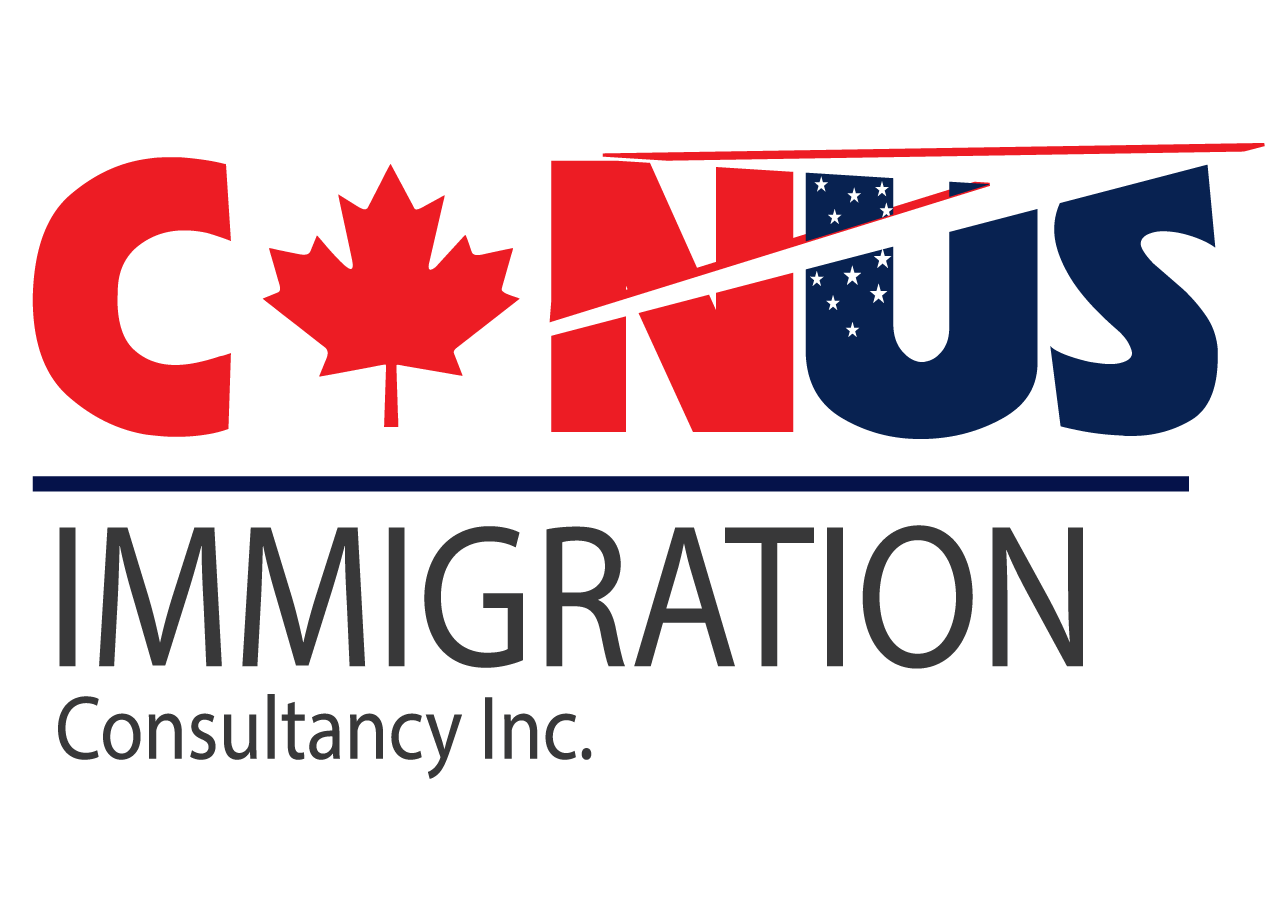LMIA-Based Work Permit: How Employers Can Hire Foreign Workers

Looking to hire international talent for your Canadian business? Many companies are turning to foreign workers to fill crucial skill gaps and build stronger teams. Getting an LMIA based work permit Canada might seem complex, but with the right guidance, it’s very manageable.
Whether you’re dealing with high turnover rates or need specialized skills, hiring internationally could be your solution. The process requires careful planning and attention to detail, but the benefits can be significant for your business. Companies across Canada have found success in diversifying their workforce through international hiring, bringing fresh perspectives and valuable skills to their teams. Let’s break down this process into simple, actionable steps.
Why Should You Consider Hiring Foreign Workers?
The Canadian job market is changing fast. Finding the right workers locally isn’t always possible. When searching for the “best immigration consultant near me” you’ll find experts who can guide you through this process. The talent gap in many industries continues to grow, and international hiring offers a practical solution to this challenge.
Key benefits of hiring internationally:
- Access to unique skills and experience not readily available in Canada, especially in tech, healthcare, and specialized trades
- Fill urgent positions that have been vacant for too long. You will be able to reduce operational disruptions and maintain productivity
- Bring diverse perspectives to your workplace. It leads to innovation and improved problem-solving
- Create a more competitive and innovative business environment while expanding your market reach
Many employers find that foreign workers bring valuable new approaches and stay committed to their roles longer. This stability helps businesses grow steadily and build stronger teams. International employees often bring unique cultural insights that can help expand your business into new markets.
Understanding the LMIA Process
The Labor Market Impact Assessment is your first major step. Think of it as showing the government that you really need to hire from outside Canada. An LMIA based work permit Canada process needs careful attention to detail and thorough documentation at every stage.
Your business must first try to hire Canadians through a genuine recruitment process. This means posting jobs across multiple platforms and actively seeking local talent. Document every step of your recruitment efforts, including responses received and interviews conducted.
Getting help from professionals makes this easier. When looking for the “best immigration consultant near me,” choose someone with a strong track record in LMIA applications. They can help you navigate common pitfalls and increase your chances of approval.
Companies often struggle with proper documentation and meeting specific requirements. Working with experienced professionals can help ensure you meet all necessary criteria and time frames.
What Are Your Responsibilities as an Employer?
Before starting the LMIA process, you need to understand what you’re signing up for. This includes both immediate and long-term commitments to your foreign workers. The responsibilities extend beyond just paperwork – you’re committing to supporting these workers throughout their employment.
Recruitment Requirements
You must advertise the position in Canada for at least four weeks. Post on the Job Bank and use at least two other recruitment methods. Keep all your advertising records – you’ll need them for your application.
The recruitment process must be genuine and thorough. This means responding to all Canadian applicants and documenting why they weren’t suitable for the role. Be prepared to explain your selection criteria and why local candidates didn’t meet your requirements.
You’ll need to show that your job requirements are reasonable and align with industry standards. Avoid overly specific requirements that might seem tailored to a particular foreign worker.
Salary and Working Conditions
Pay attention to the prevailing wage rates in your region. Your offer must match or exceed these rates. You’ll also need to maintain consistent working conditions as outlined in your LMIA based work permit Canada application.
Create clear employment contracts that outline all terms and conditions. This includes work hours, benefits, overtime policies, and any other workplace expectations.
Consider the cost of living in your area and ensure your salary offer is competitive. Remember, you’ll need to justify your wage rates to ESDC during the application process.
Documentation and Compliance
Keep all paperwork organized and accessible for six years. This includes recruitment records, pay stubs, and any changes in employment conditions. Regular audits are possible, so staying organized is crucial.
Set up a proper filing system for all employee documents, including work permits, correspondence with ESDC, and any workplace assessments or evaluations.
Maintain detailed records of any workplace incidents, schedule changes, or position modifications. These might be needed during compliance reviews.
Supporting Your Workers
Help your workers settle in. Many employers work with a professional – searching for the “best immigration consultant near me” can connect you with experts who assist both employers and workers.
Create an onboarding program that helps foreign workers adjust to Canadian workplace culture. This might include language support, cultural orientation, and help with practical matters like housing or banking.
Consider offering additional support services like relocation assistance or connecting new employees with local community resources.
Making Your LMIA Application Successful
Start with solid preparation to boost your chances of approval. Every detail matters in creating a successful application that demonstrates your genuine need for foreign talent.
- Work with experienced professionals who know the system and can guide you through complex requirements
- Prepare strong documentation showing your recruitment efforts, including detailed records of all Canadian applicants
- Be ready to explain why Canadian candidates weren’t suitable, with specific examples and clear reasoning
- Have a clear training plan for knowledge transfer that benefits your existing Canadian workforce
Remember, a successful LMIA process opens doors for both your business and your future employees. Take time to do it right, and don’t hesitate to seek professional help when needed. The investment in proper preparation and professional guidance often pays off through faster approvals and smoother processes.
Building a diverse workforce through international hiring can transform your business, bringing new perspectives and skills that drive growth and innovation.
